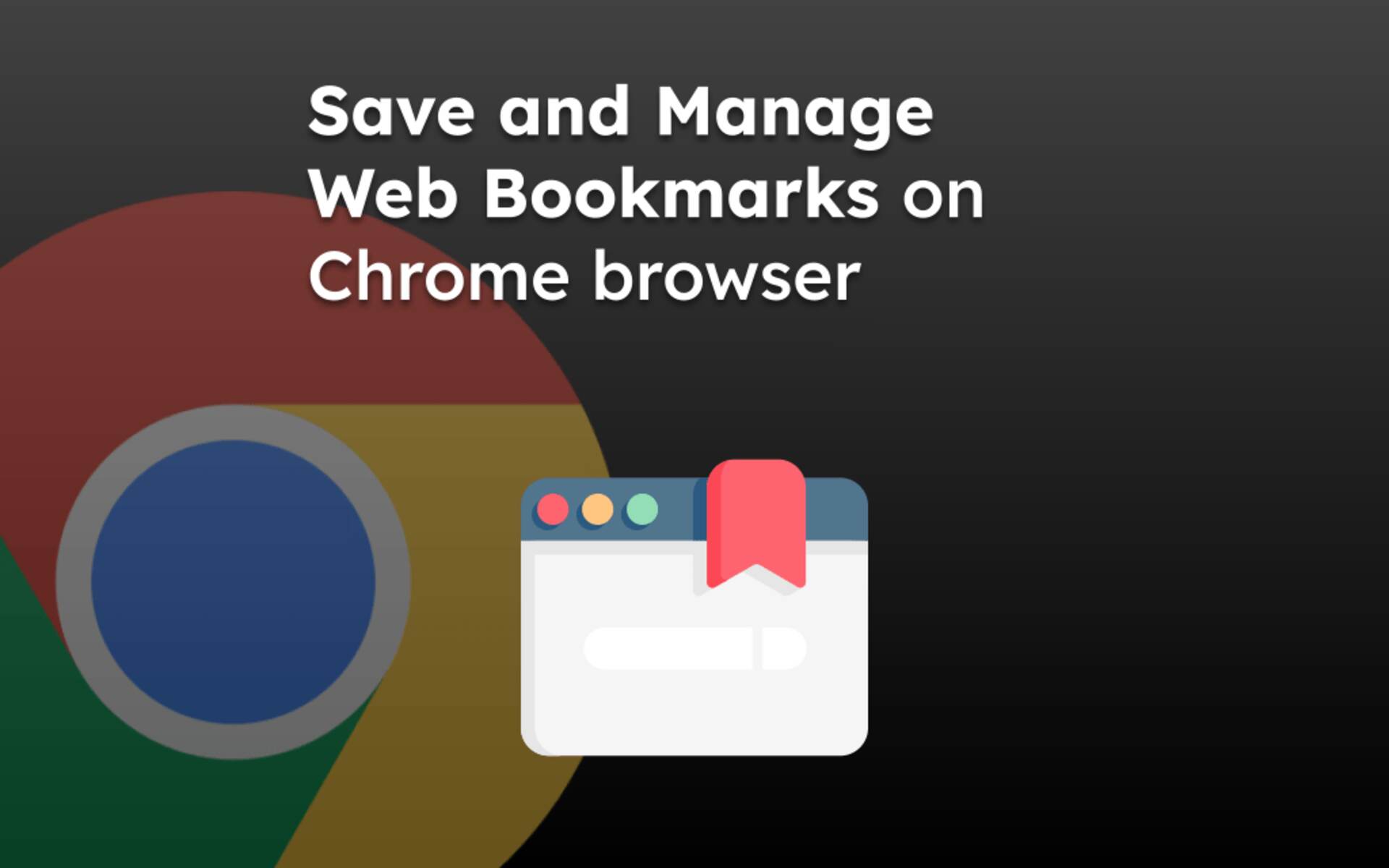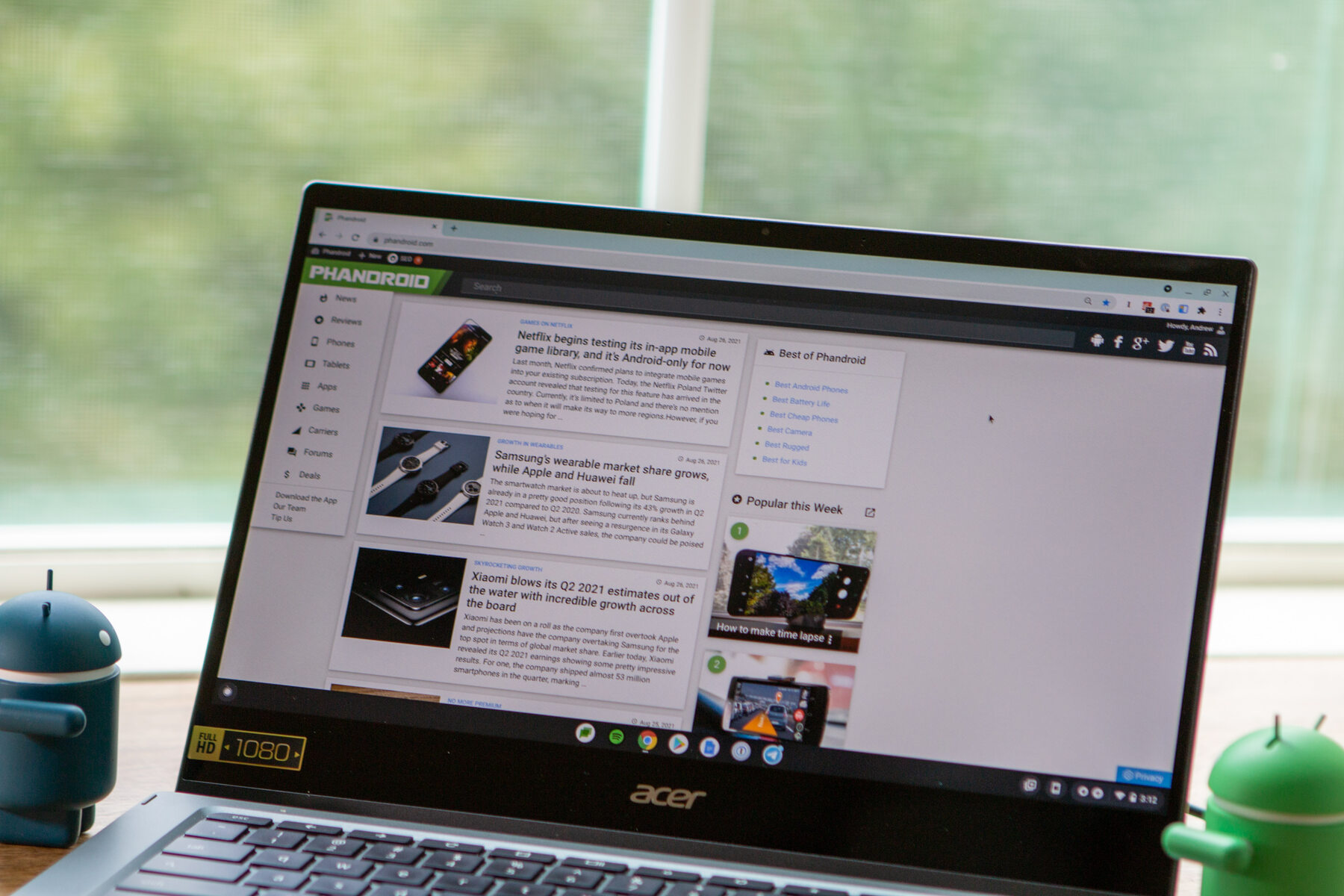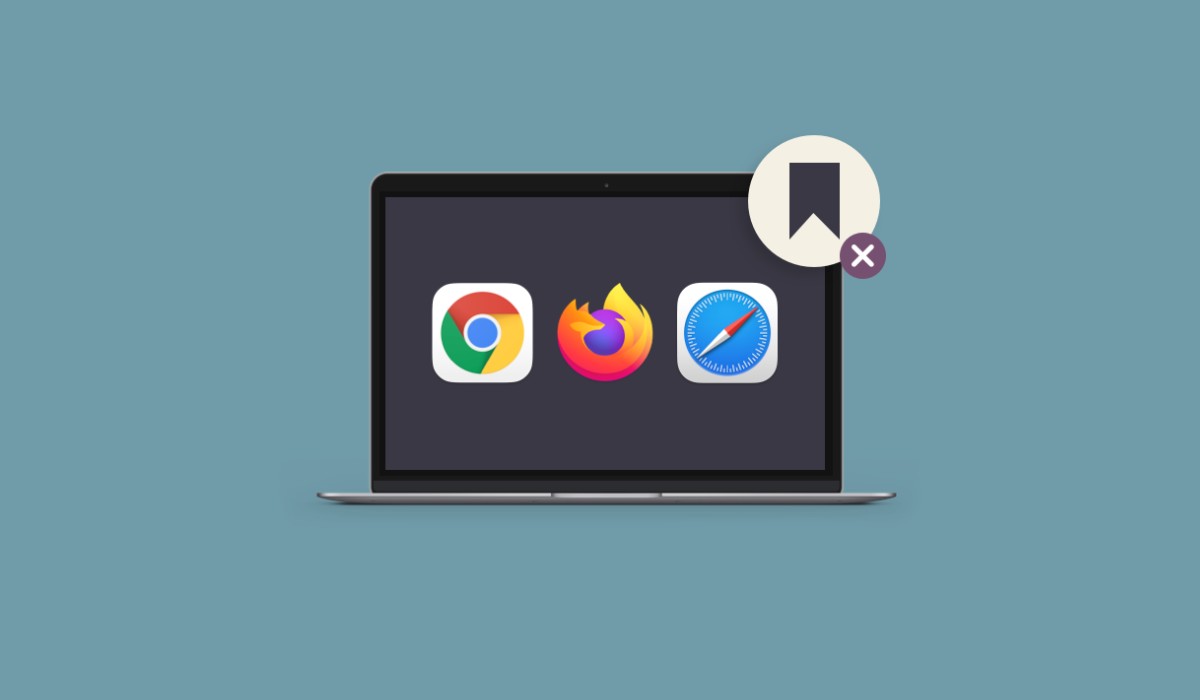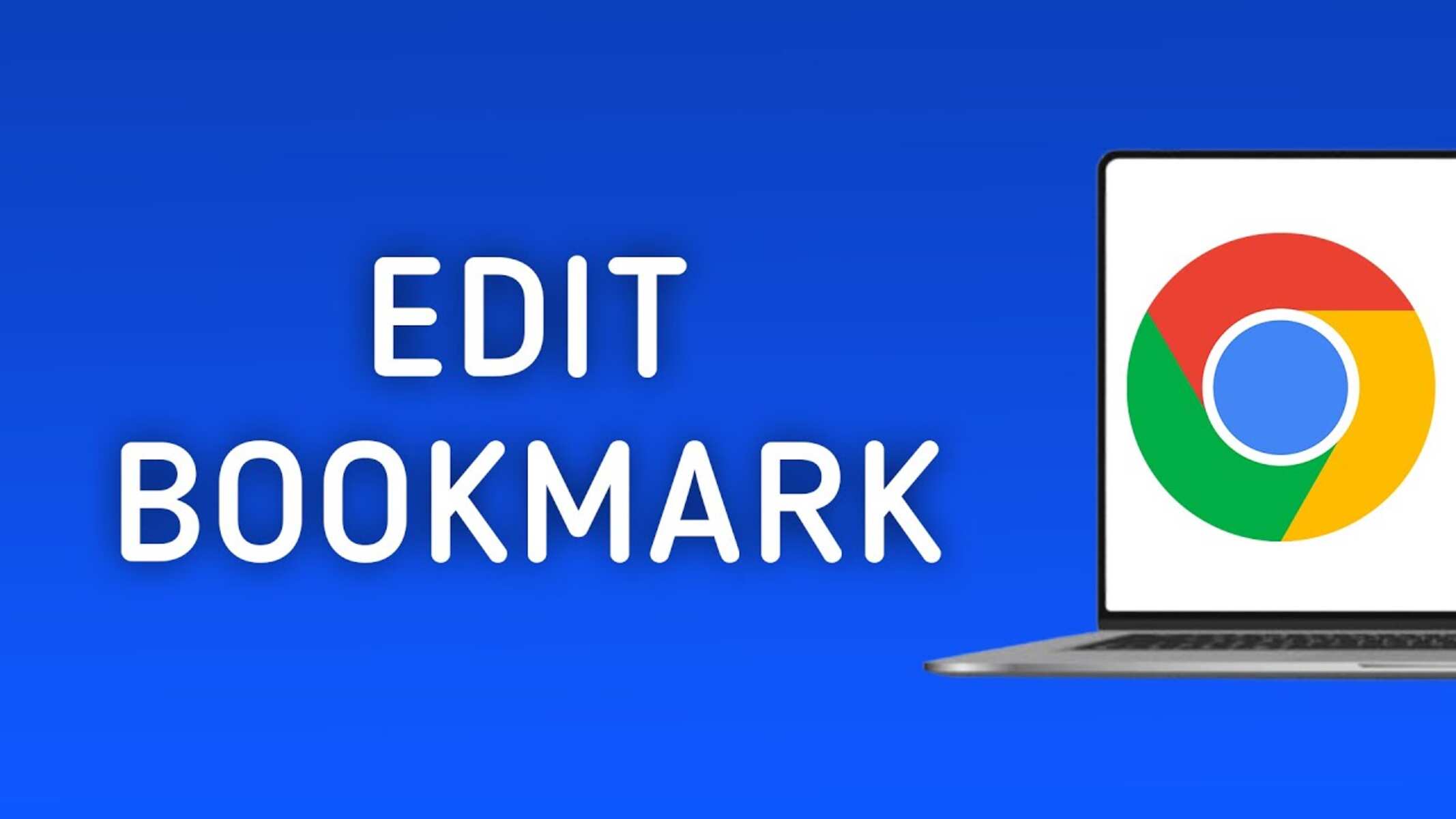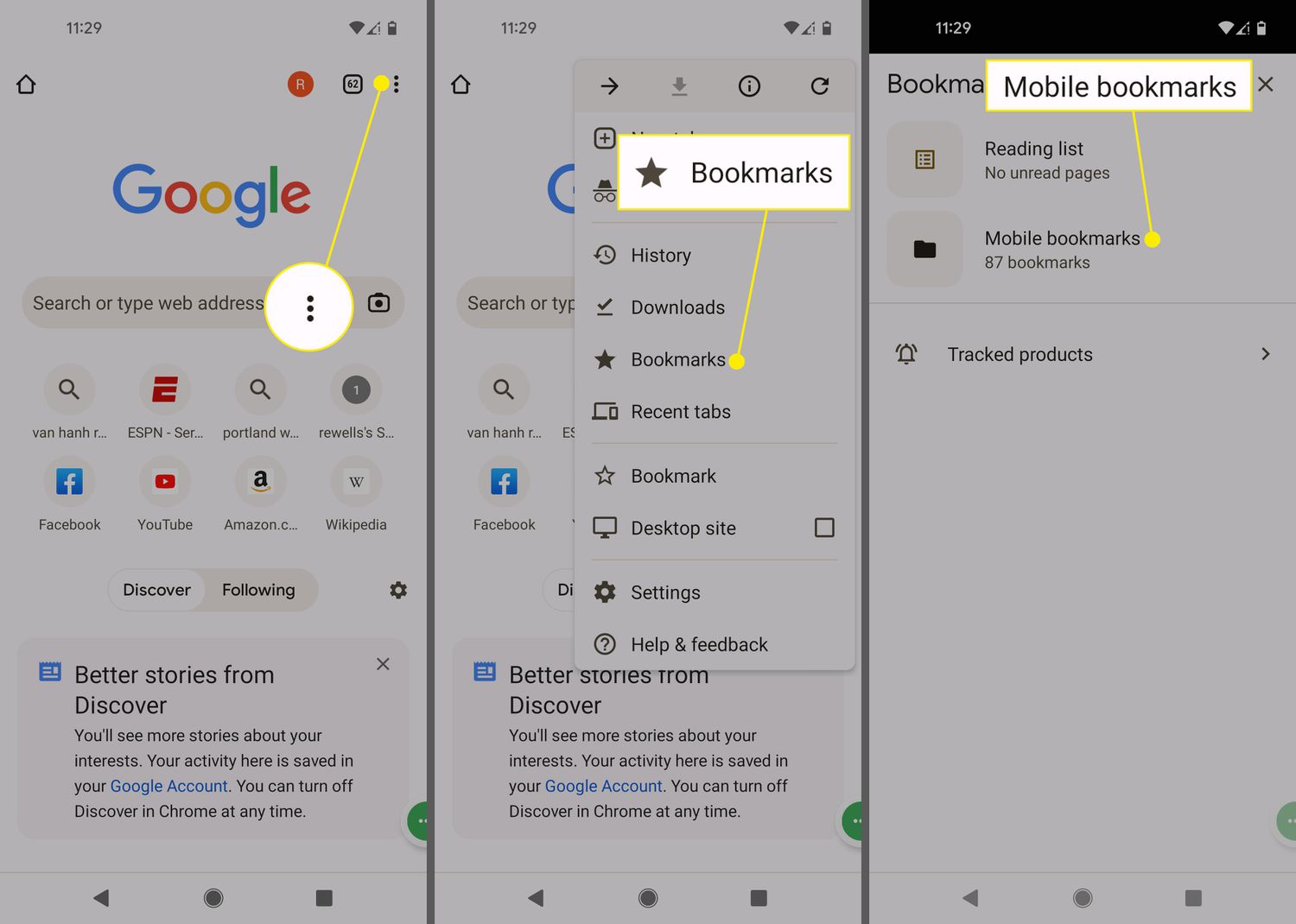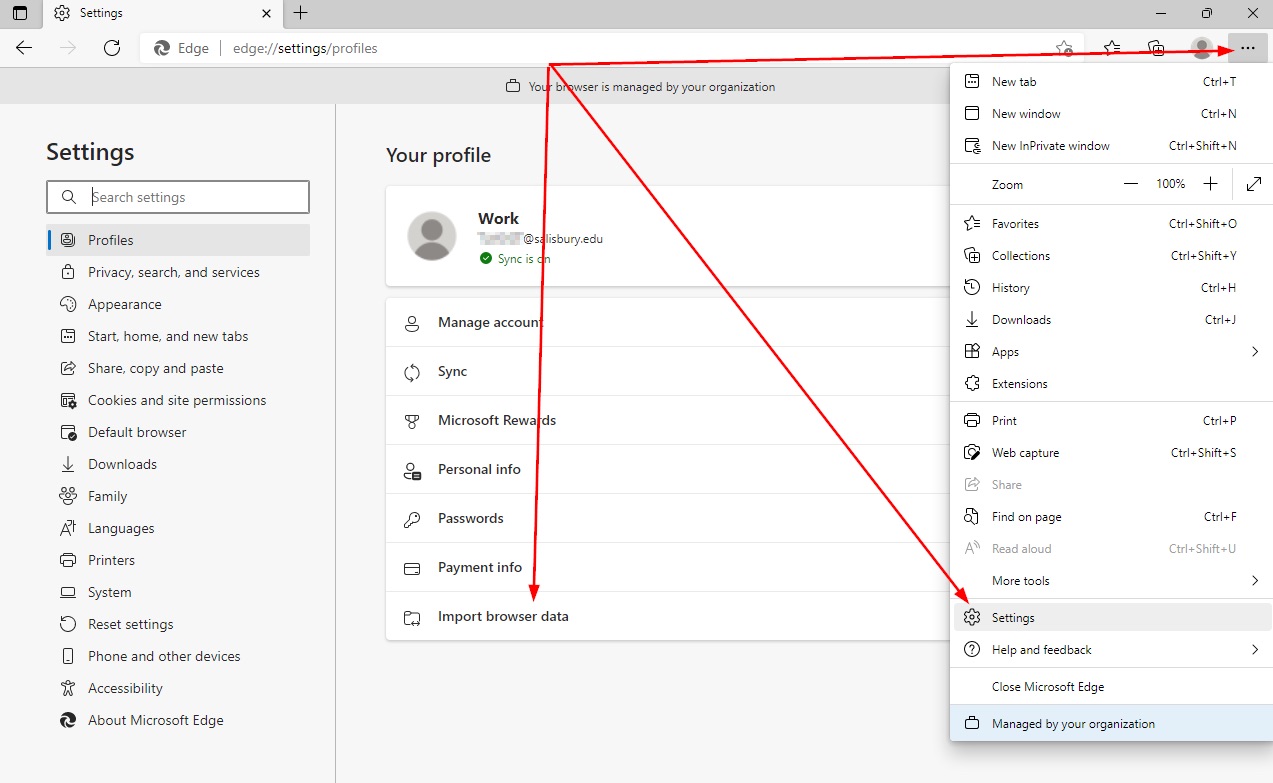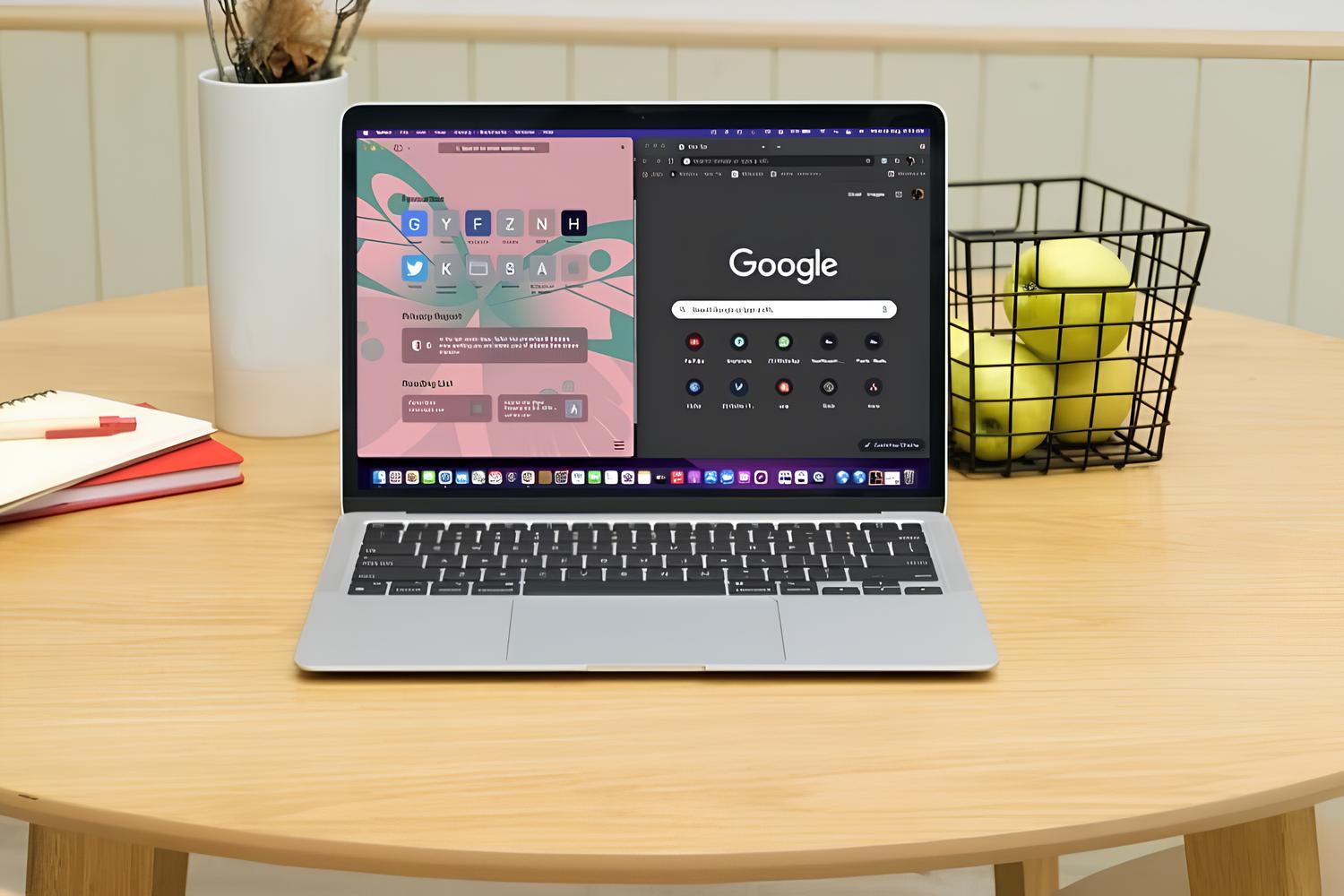Introduction
When it comes to navigating the vast expanse of the internet, web browsers serve as our trusty guides, helping us find our way through the digital landscape. Among the multitude of browsers available, Google Chrome stands out as a popular choice, offering a user-friendly interface and a plethora of features to enhance the browsing experience. One such feature is the ability to save bookmarks, allowing users to conveniently revisit their favorite websites with just a click.
In this article, we will explore the various methods of saving bookmarks in Chrome, providing you with the knowledge to effortlessly organize and access your favorite web pages. Whether you're an avid reader, a research enthusiast, or simply someone who wants quick access to frequently visited sites, mastering the art of bookmarking in Chrome can significantly streamline your online activities.
So, if you've ever found yourself lost in a sea of tabs, struggling to locate a particular website you visited days ago, fear not! By the end of this article, you'll be equipped with the know-how to efficiently save and manage your bookmarks in Chrome, transforming your browsing experience into a seamless and personalized journey through the digital realm. Let's embark on this enlightening exploration of Chrome's bookmarking capabilities, and unlock the full potential of your browsing endeavors.
Using the Bookmark Bar
The bookmark bar in Google Chrome is a convenient and easily accessible space where you can save and organize your favorite websites. It appears just below the address bar, allowing for quick and effortless access to your most visited web pages. Here's how you can make the most of the bookmark bar to streamline your browsing experience:
Adding Bookmarks to the Bookmark Bar
-
Adding a New Bookmark: To save a webpage to the bookmark bar, simply click on the star icon located at the right end of the address bar. This action prompts a dialog box to appear, allowing you to name the bookmark and choose the folder in which it will be saved. By default, the bookmark will be added to the bookmark bar, making it instantly accessible.
-
Drag and Drop: Another method to add bookmarks to the bookmark bar is by dragging the website's icon from the address bar directly onto the bookmark bar. This intuitive drag-and-drop feature provides a seamless way to populate your bookmark bar with frequently visited sites.
Organizing Bookmarks on the Bookmark Bar
-
Creating Folders: As your list of bookmarks grows, organizing them into folders can help maintain a tidy and efficient bookmark bar. To create a new folder, right-click on the bookmark bar and select "Add folder." You can then name the folder and drag relevant bookmarks into it for categorization.
-
Rearranging Bookmarks: Chrome allows you to rearrange the order of bookmarks on the bookmark bar by simply clicking and dragging them to your preferred position. This flexibility enables you to prioritize and customize the arrangement of your bookmarks for optimal accessibility.
Utilizing the Bookmark Bar for Productivity
The bookmark bar serves as a valuable tool for boosting productivity and efficiency during online tasks. By strategically organizing bookmarks and folders on the bookmark bar, you can create a personalized dashboard of quick links to essential websites, such as email services, project management platforms, news sources, and more. This streamlined access to frequently visited sites can significantly enhance your workflow and save valuable time during your browsing sessions.
In essence, the bookmark bar in Google Chrome offers a user-friendly and customizable approach to managing and accessing your favorite websites. By leveraging its features to add, organize, and prioritize bookmarks, you can transform your browsing experience into a well-orchestrated journey through the digital landscape, tailored to your preferences and needs.
Using the Bookmark Manager
The Bookmark Manager in Google Chrome provides a comprehensive platform for organizing and managing your bookmarks with precision and efficiency. This feature offers a centralized hub where you can categorize, edit, and synchronize your bookmarks across devices, ensuring seamless access to your favorite websites from anywhere. Let's delve into the functionalities of the Bookmark Manager and explore how it can elevate your browsing experience.
Navigating the Bookmark Manager
To access the Bookmark Manager in Chrome, you can utilize the following methods:
- Using the Menu: Click on the three-dot menu icon in the top-right corner of the browser window, navigate to "Bookmarks," and select "Bookmark Manager."
- Keyboard Shortcut: Press "Ctrl + Shift + O" (Windows/Linux) or "Command + Option + B" (Mac) to open the Bookmark Manager directly.
Upon entering the Bookmark Manager, you are greeted with an organized interface displaying your bookmarks, bookmark folders, and the option to create new folders for further categorization.
Managing Bookmarks and Folders
The Bookmark Manager empowers you to perform various actions to streamline your bookmarking experience:
- Editing Bookmarks: You can modify the name and URL of existing bookmarks, ensuring that they reflect the most current and relevant information.
- Sorting and Searching: The Bookmark Manager offers sorting options based on title, URL, and the date the bookmark was added or last modified. Additionally, a search bar allows for quick retrieval of specific bookmarks based on keywords or URLs.
- Creating Folders and Subfolders: Organizing bookmarks into folders and subfolders is a breeze with the Bookmark Manager. This hierarchical structure enables you to categorize your bookmarks according to themes, projects, or any other criteria that suit your browsing habits.
Syncing Bookmarks Across Devices
One of the standout features of the Bookmark Manager is its seamless synchronization capability. By signing in to Chrome with your Google account, you can ensure that your bookmarks are synced across all your devices, including desktops, laptops, and mobile devices. This synchronization eliminates the hassle of manually transferring bookmarks and ensures that your browsing experience remains consistent across platforms.
Leveraging Advanced Features
The Bookmark Manager also offers advanced features to enhance bookmark organization and accessibility:
- Exporting and Importing Bookmarks: You can export your bookmarks to a file and import them into another browser or Chrome profile, facilitating seamless transitions and backups.
- Bookmark Bar Management: The Bookmark Manager allows you to show or hide the bookmark bar, providing flexibility in customizing your browsing interface based on your preferences.
In essence, the Bookmark Manager in Google Chrome serves as a robust tool for efficiently managing and synchronizing your bookmarks. By leveraging its capabilities to organize, edit, and synchronize bookmarks across devices, you can curate a personalized web navigation experience that aligns with your browsing habits and preferences.
Using the Bookmark Shortcut
In addition to the traditional methods of saving bookmarks in Google Chrome, such as using the bookmark bar and the bookmark manager, there exists a lesser-known yet highly convenient approach: the bookmark shortcut. This nifty feature allows you to create keyboard shortcuts for your bookmarks, enabling swift access to your favorite websites with a simple key combination. Let's explore how you can leverage the bookmark shortcut to further streamline your browsing experience.
Creating Bookmark Shortcuts
To create a bookmark shortcut for a specific webpage, follow these steps:
-
Accessing the Bookmark Manager: Open the Bookmark Manager by clicking on the three-dot menu icon in the top-right corner of the browser window, navigating to "Bookmarks," and selecting "Bookmark Manager."
-
Selecting the Desired Bookmark: Locate the bookmark for which you wish to create a shortcut within the Bookmark Manager. Right-click on the bookmark and choose "Edit."
-
Assigning a Keyboard Shortcut: In the editing interface, you will find an option to assign a keyboard shortcut to the bookmark. Click on this field and input your preferred key combination. It's important to choose a shortcut that is easy to remember and does not conflict with existing browser or system shortcuts.
Accessing Bookmarks with Keyboard Shortcuts
Once you have assigned keyboard shortcuts to your bookmarks, accessing them becomes remarkably efficient. Simply press the designated key combination, and Chrome will swiftly navigate to the corresponding webpage, eliminating the need to manually locate and click on the bookmark.
Benefits of Bookmark Shortcuts
The use of bookmark shortcuts offers several notable benefits:
-
Enhanced Productivity: By assigning keyboard shortcuts to frequently visited websites, you can expedite your browsing activities and seamlessly transition between different web pages with minimal effort.
-
Streamlined Access: Bookmark shortcuts provide a direct and rapid method of accessing specific websites, bypassing the need to navigate through menus or click on bookmarks within the browser interface.
-
Personalized Navigation: Customizing keyboard shortcuts for bookmarks allows you to tailor your browsing experience to align with your preferences and habits, fostering a more intuitive and personalized interaction with the web.
In essence, the bookmark shortcut feature in Google Chrome presents a valuable opportunity to optimize your browsing workflow by introducing quick and efficient access to your favorite websites. By harnessing the power of keyboard shortcuts, you can elevate your browsing experience to new levels of convenience and productivity, ensuring that your most visited web pages are just a keystroke away.









